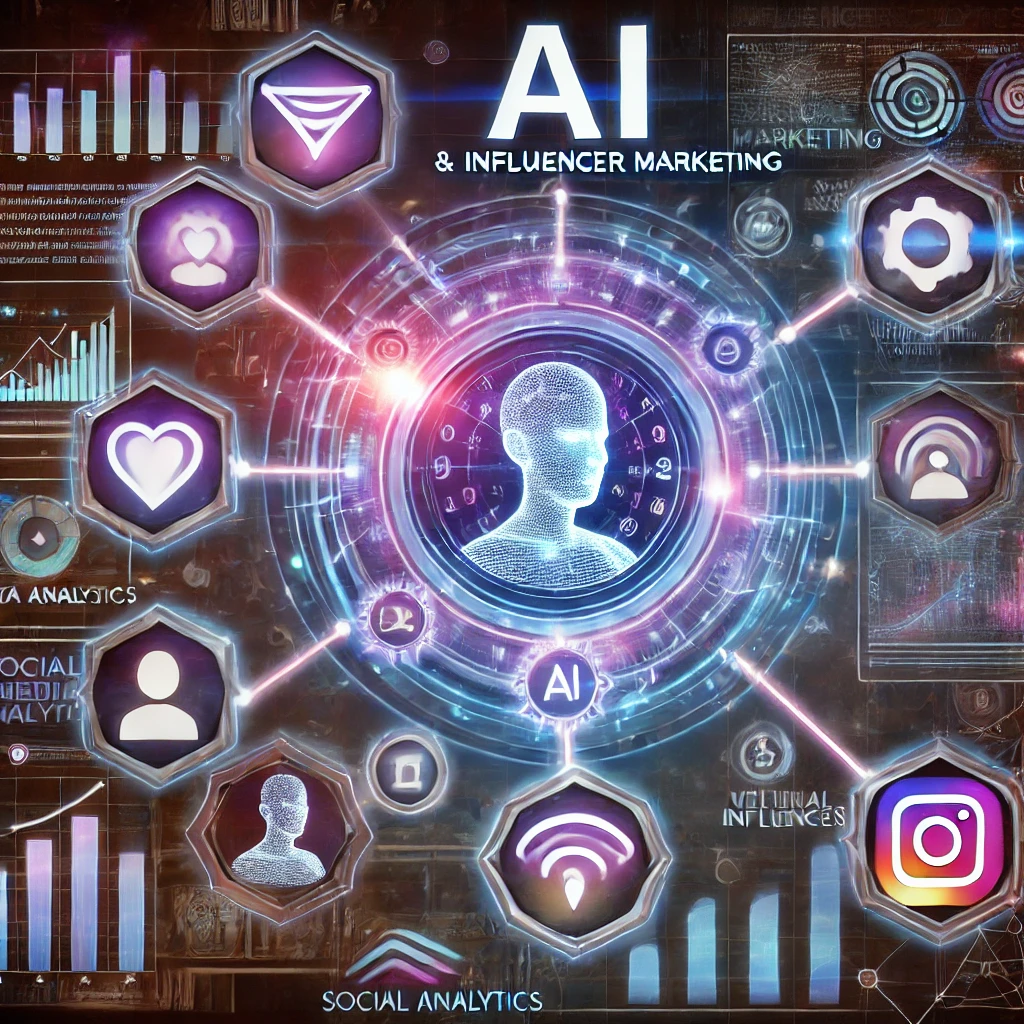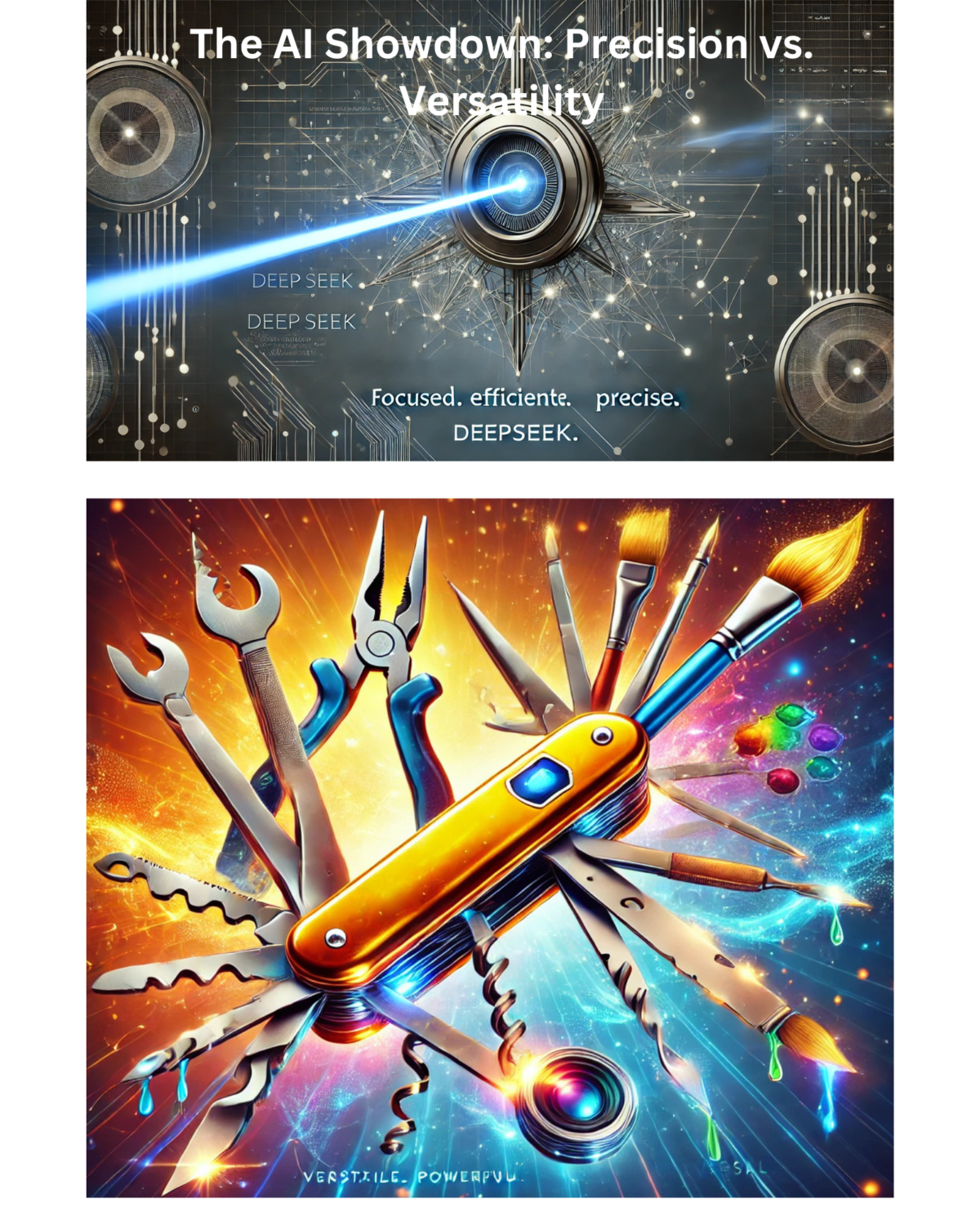In the dynamic world of digital marketing, the integration of artificial intelligence (AI) into influencer marketing is revolutionizing how brands connect with audiences. AI enhances the efficiency and effectiveness of campaigns, offering data-driven insights and automating various aspects of the marketing process.

AI-Powered Influencer Identification
Selecting the right influencer is crucial for campaign success. AI tools analyze vast amounts of data to match brands with influencers whose audiences align with their target demographics. This data-driven approach ensures higher engagement and conversion rates.
Content Optimization and Performance Analysis
AI assists in crafting compelling content by analyzing audience preferences and predicting trends. It enables the creation of personalized content that resonates with specific audience segments. Additionally, AI provides real-time performance analytics, allowing marketers to adjust strategies promptly for optimal results.
Emergence of Virtual Influencers
A notable development is the rise of AI-generated virtual influencers. These computer-generated personas engage audiences on social media platforms, offering brands a unique avenue for promotion. Virtual influencers provide greater control over brand messaging and eliminate risks associated with human influencers.
Recent Industry Developments
The influencer marketing landscape is evolving rapidly, with significant investments highlighting the growing importance of AI. For instance, ShopMy, an influencer marketing technology company, recently raised $77.5 million to expand its AI capabilities, aiming to better connect brands with suitable influencers and optimize campaign strategies.
Conclusion
The integration of AI into influencer marketing is transforming how brands strategize and execute campaigns. By leveraging AI for influencer identification, content optimization, and performance analysis, marketers can enhance engagement and achieve better returns on investment. Staying informed about these advancements is essential for businesses aiming to maintain a competitive edge in the digital marketing arena.


